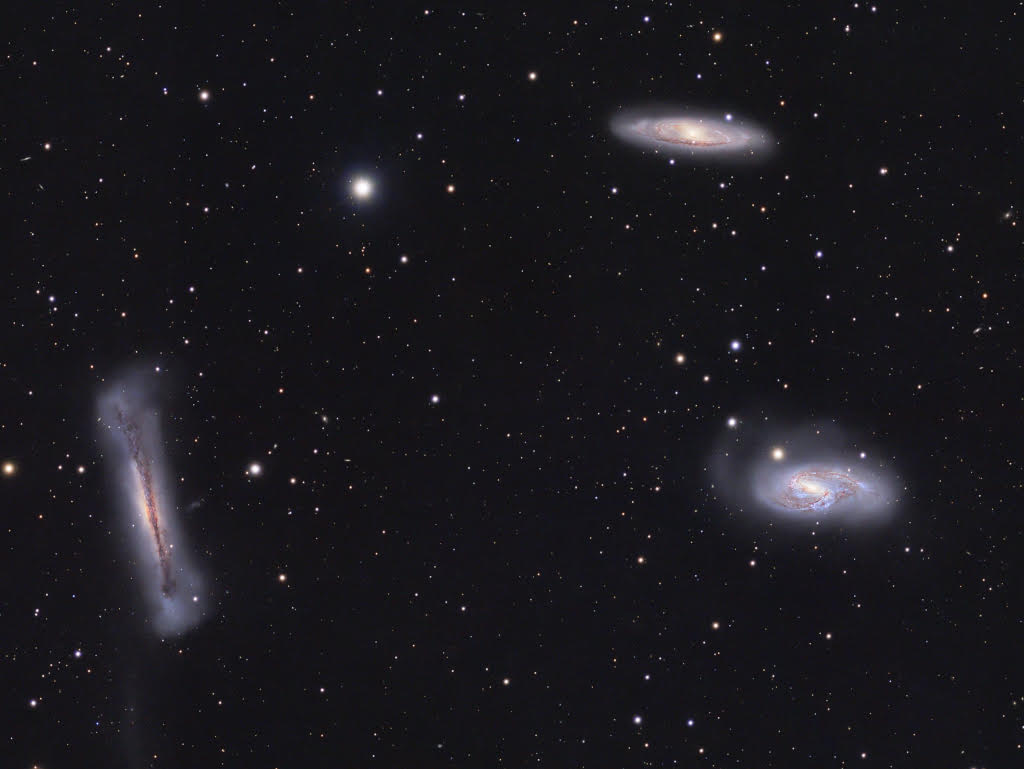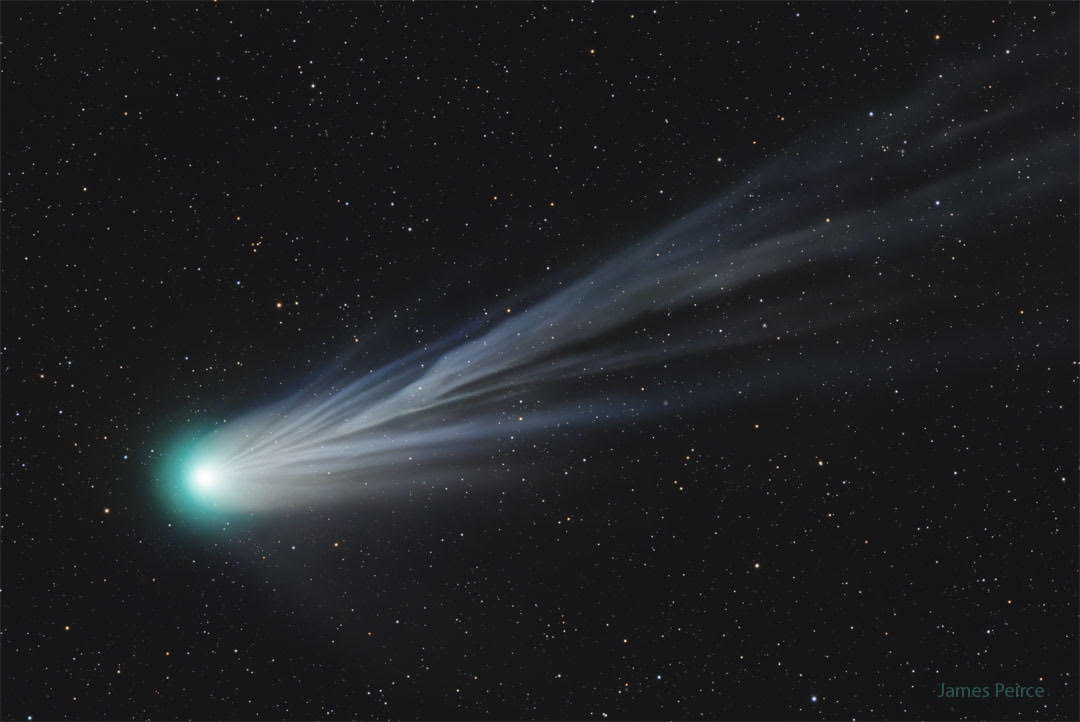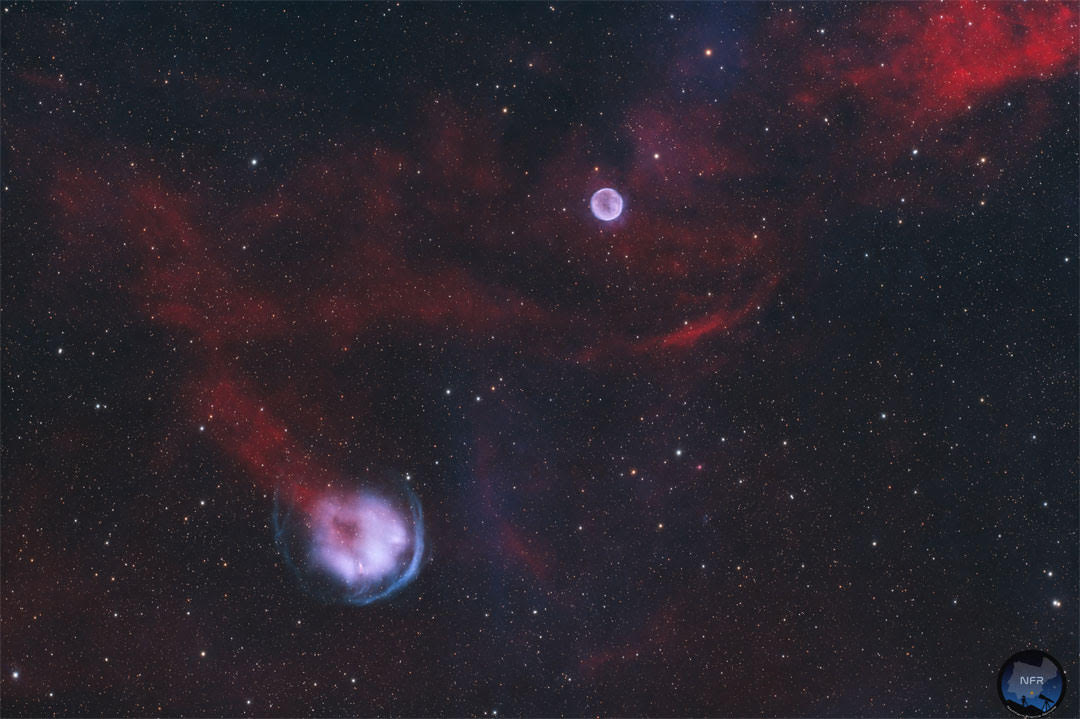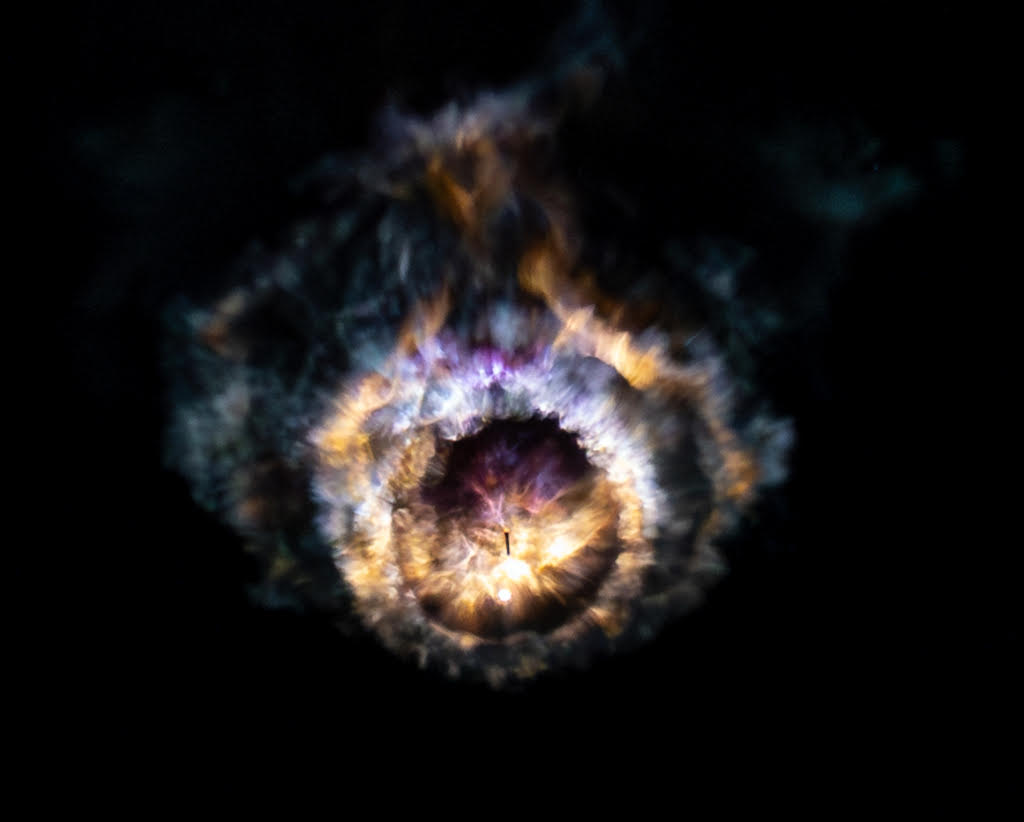Plank Time
Planck time refers to how much time it takes light to travel a Planck length in a vacuum. The time is 10^-43 seconds after the Big Bang when all four basic forces of nature were combined into one super force. The four basic forces of nature were; gravity, nuclear strong force, nuclear weak force, and electromagnetic force. At this time the universe was so hot that subatomic particles could not form.
Big Bang
The time is 10^-43 seconds. All the energy in the universe was packed into a tiny point where it exploded out. The four forces, gravity, nuclear strong force, nuclear weak force, and electromagnetic force, were all combined into one super force that existed only for a moment to hold the universe together.
At the time of the explosion, the universe expanded at a factor of 10^78 in fractions of a second. Once the universe expanded a bit and cooled down, the gravity force was the first to separate from the three other forces. The nuclear strong force was the second to separate from the other two remaining forces.
Expansion
When the initial expansion happened, the universe was expanding much faster than the speed of light. We know that nothing can travel faster than the speed of light though so how did the expansion of the universe travel faster than the speed of light?
The law, nothing can travel faster than the speed of light only applies to the movement of objects through space. The rate at which space expands has no limit to its speed since space expanding is just the fabric of space time stretching, hence why the universe could travel faster than the speed of light at its initial expansion. If you want to learn more then contact me here



